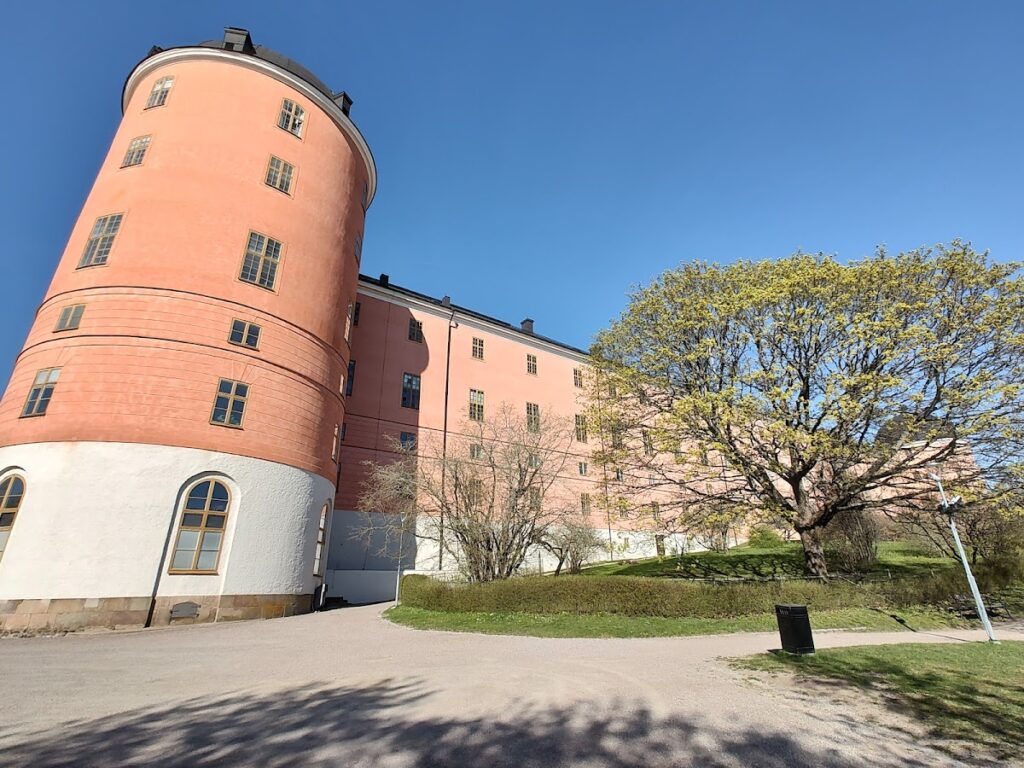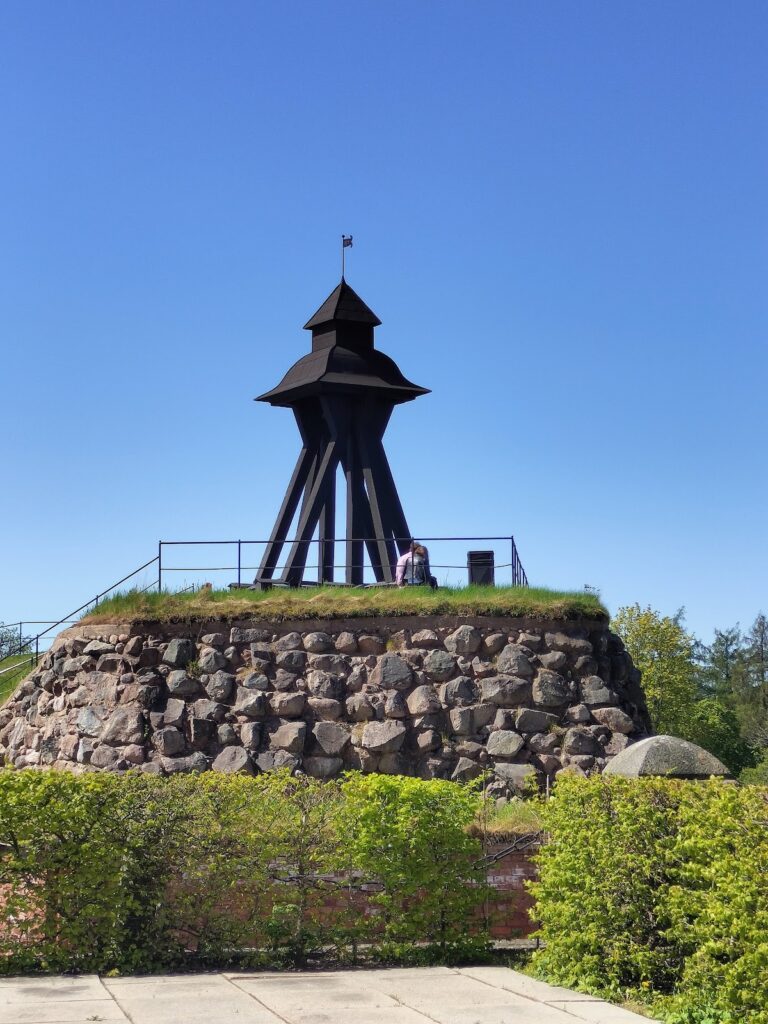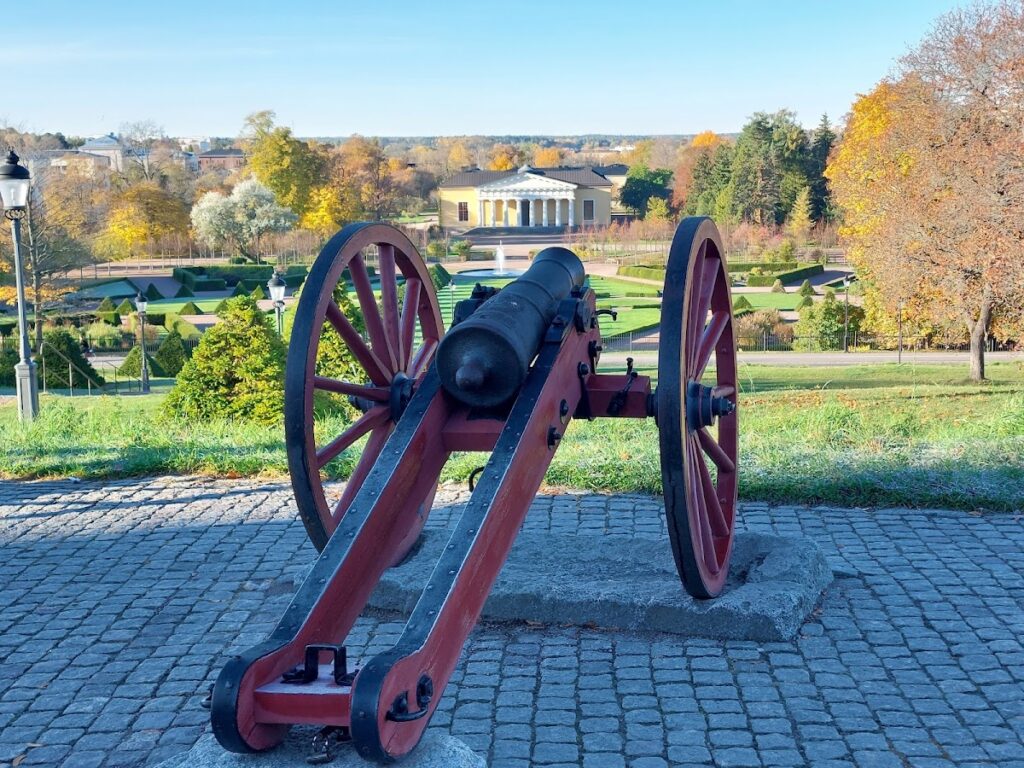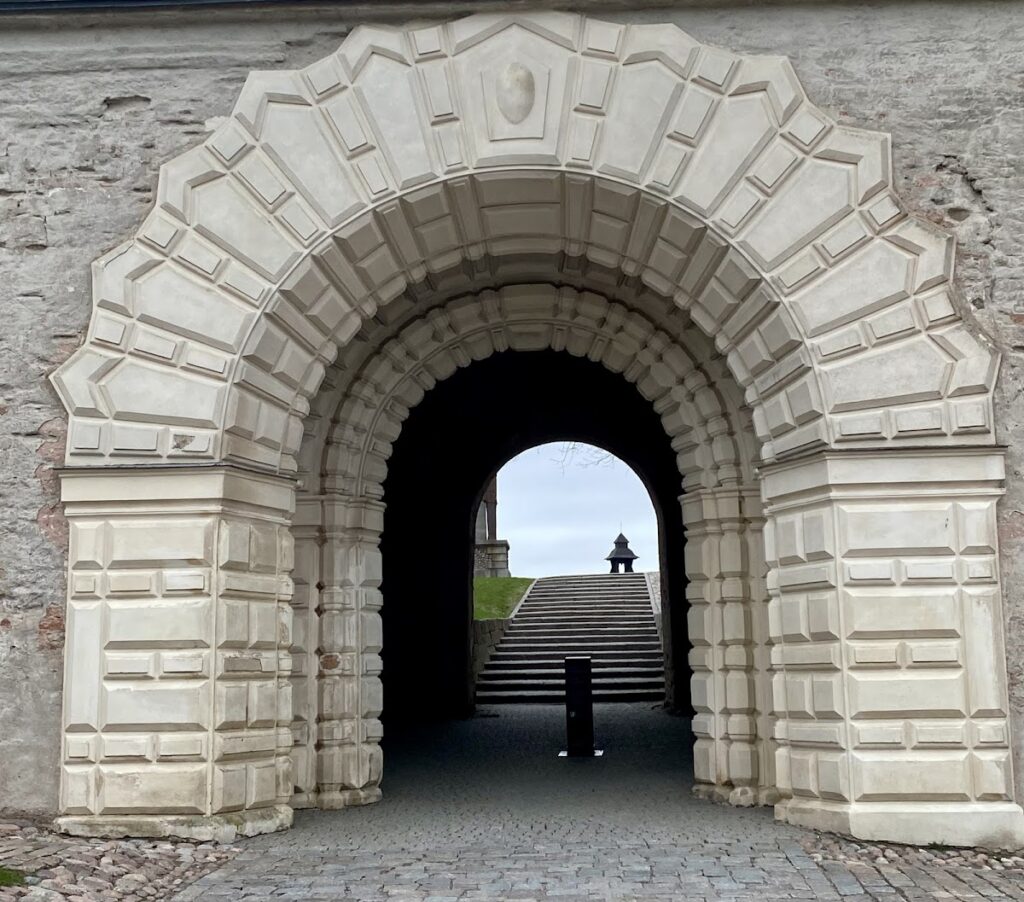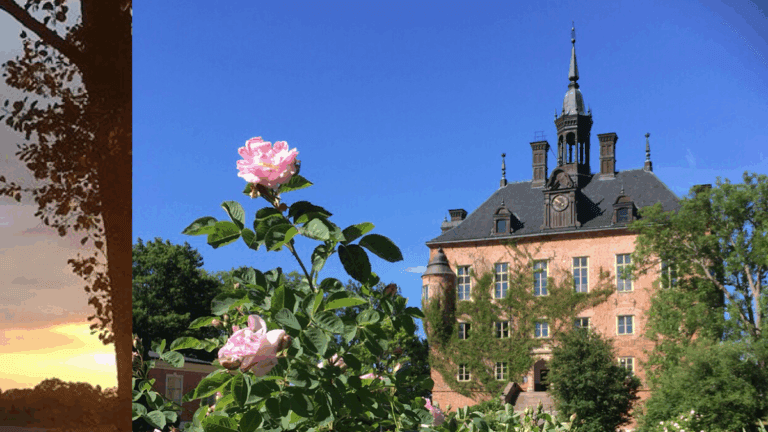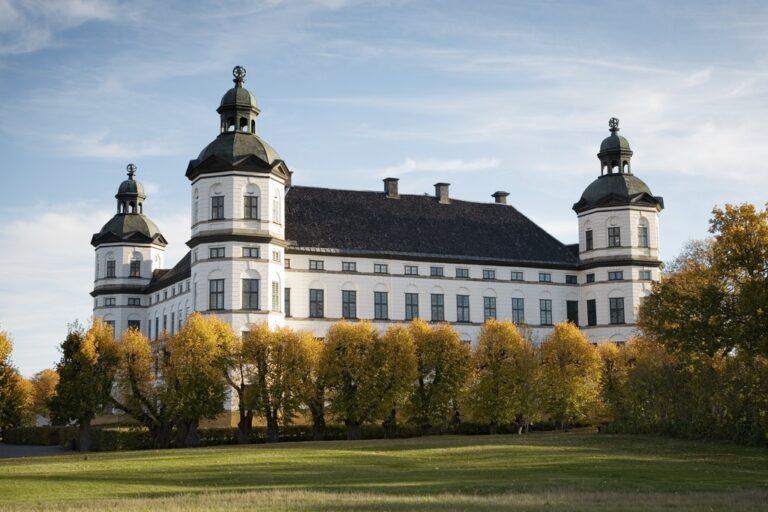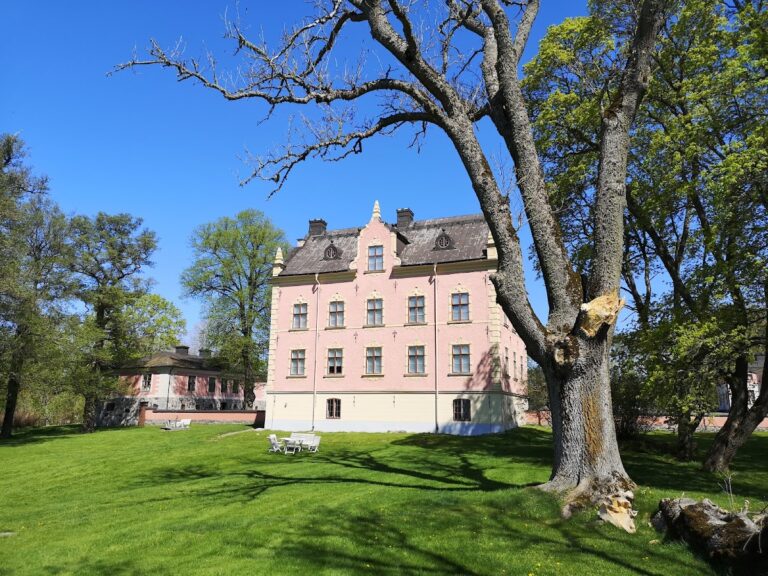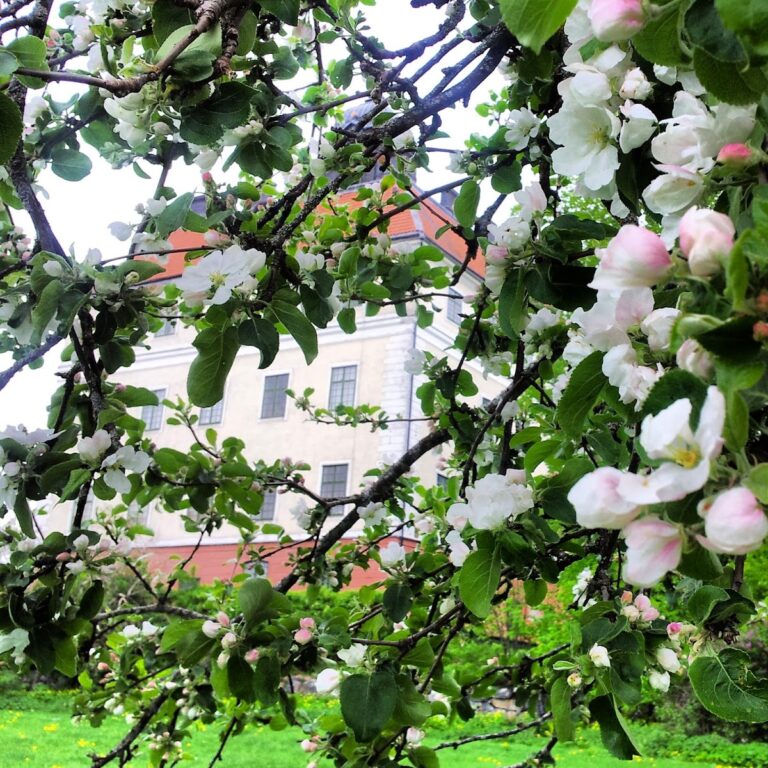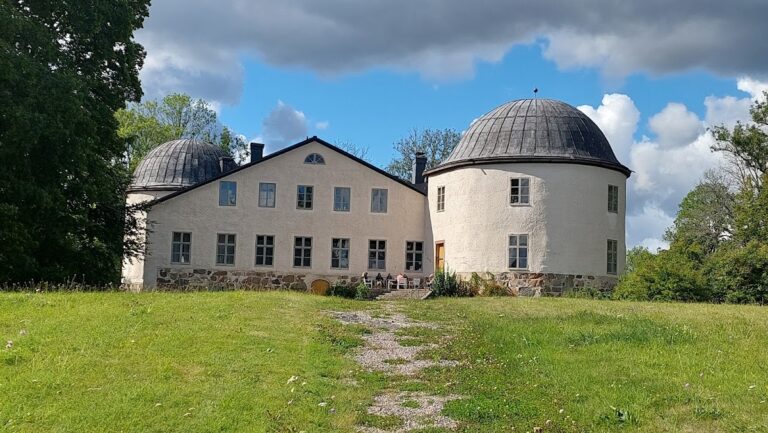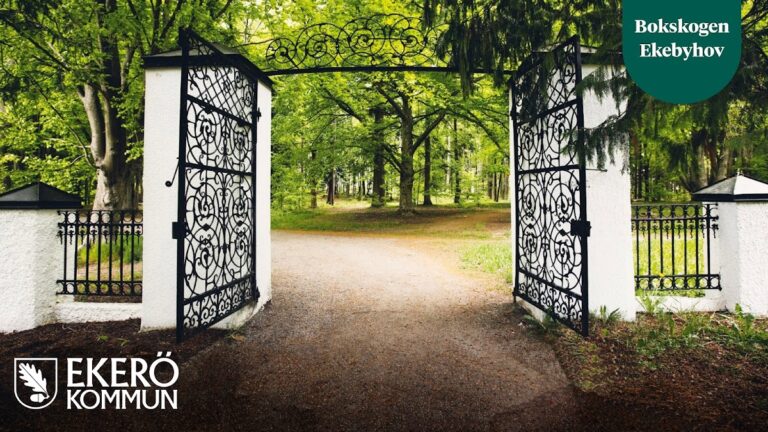Uppsala Castle: A Historic Fortress and Cultural Landmark in Sweden
Visitor Information
Google Rating: 4.3
Popularity: Medium
Google Maps: View on Google Maps
Country: Sweden
Civilization: Unclassified
Remains: Military
History
Uppsala Castle, situated in the municipality of Uppsala in Sweden, was originally built by the Swedish kingdom during the mid-16th century as the nation was establishing itself as a significant European power. The castle’s construction began in 1549 under King Gustav I Vasa, following the peasant uprising known as the Dacke War. This conflict highlighted the need for fortified structures, leading to the establishment of defensive castles, including the one atop the Kasåsen esker overlooking Uppsala.
The initial phase of the castle featured royal living quarters positioned in the southwest corner and two prominent western bastions named Gräsgården and Styrbiskop. Notably, the Styrbiskop bastion was permanently directed toward Uppsala Cathedral, reflecting ongoing tensions between the monarchy and church authorities. Under King Eric XIV, who succeeded Gustav I, the castle expanded with the completion of a representation wing that housed the hall of state and a church. In 1567, the castle gained historical notoriety as the site of the Sture Murders, a violent event involving members of the Swedish nobility.
A devastating fire in 1572 severely damaged the original royal apartments and the newly added representation wing. To restore and enhance the structure, architect Franciscus Pahr was commissioned, proposing a new south wing containing royal apartments alongside a hall that served both state and church functions. His vision also included a northern courtyard enclosed by elegant colonnades. After Pahr’s death, it is believed that Willem Boy took over the project, completing the eastern half of the south wing and outlining plans for a grand northern wing with towers linked by an extended eastern wing known as “The Long Castle” or Långslottet, forming a U-shaped layout. However, only the east wing and its northeast tower were realized during the reign of King Charles IX; the northern wing remained unbuilt.
In 1630, Uppsala Castle served as the backdrop for a significant declaration by King Gustavus Adolphus announcing Sweden’s involvement in the Thirty Years’ War. During the 1640s, the castle’s courtyard was enhanced with a fountain supplied by water ingeniously pumped from the nearby Fyris river. In 1654, the castle was the site where Queen Christina officially renounced her throne.
The castle endured another catastrophic event in the great Uppsala fire of 1702, which inflicted heavy damage, especially to the south wing. Due to ongoing fires elsewhere in Sweden and limited resources, repairs were postponed, and some of the castle’s stones were repurposed to help build Stockholm Palace. Restoration began in earnest between 1743 and 1762 under Duke Adolf Frederick with architect Carl Hårleman overseeing the work. They focused on the less damaged eastern section of the south wing, originally housing the hall of state and church. This segment was repaired and converted into new royal apartments while preserving surviving decorative stucco behind the altar. The western part with the older royal apartments was left unrestored. The southeast tower saw partial rebuilding during this period and was fully reconstructed by 1815, later serving as a county prison.
An important historic feature of the castle, the Gunilla bell—initially cast in 1588 and recast in 1759 after the fire—was relocated from the southeast tower to the battlements of the Styrbiskop bastion, where it functioned as a curfew bell. In the 20th century, the castle transitioned to serve as the administrative hub for Uppsala County. The Hall of State (Rikssalen), reflecting earlier grand designs, was restored in the 1930s and became a venue for official events. Notably, Dag Hammarskjöld, who later became United Nations Secretary-General, spent part of his childhood within the castle walls while his father governed the county.
From 1903, a regional archive was housed within the former castle church area of the south wing and remained there until 1993. Since 1995, the south wing has been home to the Uppsala Art Museum, while the ruins of the original 1549 royal apartments foundation serve as the Vasaborgen museum, inaugurated in 2004. The Peace Museum occupied space in the castle from 2006 until 2019, when it closed due to radon contamination. Today, parts of Uppsala Castle continue to be used by private enterprises, maintaining its longstanding role as a center of regional activity.
Remains
Uppsala Castle’s layout reflects its evolving history, combining defensive and residential elements into an expansive complex. Initially constructed with royal apartments situated at the southwest corner and two large bastions, the fortress was anchored by the Gräsgården and Styrbiskop bastions on its western flank. These bastions, built to provide robust defense, remain visible today. The foundations of the original royal apartments have survived in fragmentary form and now accommodate the Vasaborgen museum, allowing visitors to connect with the site’s 16th-century origins.
Following an early expansion, the south wing was extended eastward to incorporate state representation spaces, including an impressive hall of state and a castle church. This wing experienced severe fire damage in 1572 and was subsequently rebuilt under the direction of Franciscus Pahr and possibly Willem Boy. Their work gave the castle a distinctive U-shaped form, featuring the south wing divided into a royal apartment section on the west half and a hall and church on the east half. A northern courtyard surrounded by colonnades connected to a lengthy eastern wing known as “The Long Castle” or Långslottet. Although plans included a northern wing, it was never realized, leaving the castle’s U-shape incomplete.
The castle church praised for its multi-level stucco reredos behind the altar, remains a notable feature, with parts of its elaborate plasterwork surviving in situ. The stucco decorations once bore biblical inscriptions, with two passages from Psalms (33:18 and 145:18) still visible, hinting at the religious significance attributed to this space.
Damage from the 1702 fire is evident in the south wing, where the western section—above the portal named for King Jan and originally royal living quarters—was left unrestored. In contrast, the eastern section, which housed the hall of state and church, underwent repair between 1743 and 1762. This section was divided into multiple floors and rooms during the restoration led by architect Carl Hårleman, adapting the former grand spaces into more functional residential units while preserving surviving details.
The southeast tower’s structural history mirrors that of the south wing. Only partially rebuilt during the mid-18th-century restoration, it was fully reconstructed by 1815 to function as a county prison. The Gunilla bell, a significant historical artifact originally cast in the late 16th century and remade after the fire, was relocated from this tower to the battlements of the Styrbiskop bastion. There, it served as a stationary curfew bell, linking it to the castle’s military heritage.
Orientation of the castle evolved from its initial west-to-east alignment during early construction to its current north-south configuration. The courtyard, an integral part of the castle’s design, features a fountain installed in the 1640s, fed by water pumped from the nearby Fyris river, demonstrating early engineering efforts to enhance castle amenities.
Today, the south wing hosts the Uppsala Art Museum, connecting the castle’s historical architecture with contemporary cultural use. The Vasaborgen museum preserves the original royal apartments’ foundation ruins, offering insights into the castle’s earliest phase. The castle’s walls, with their enduring biblical inscriptions and surviving decorative elements, provide tangible links to Uppsala Castle’s layered history of royal power, religious influence, and regional governance.

